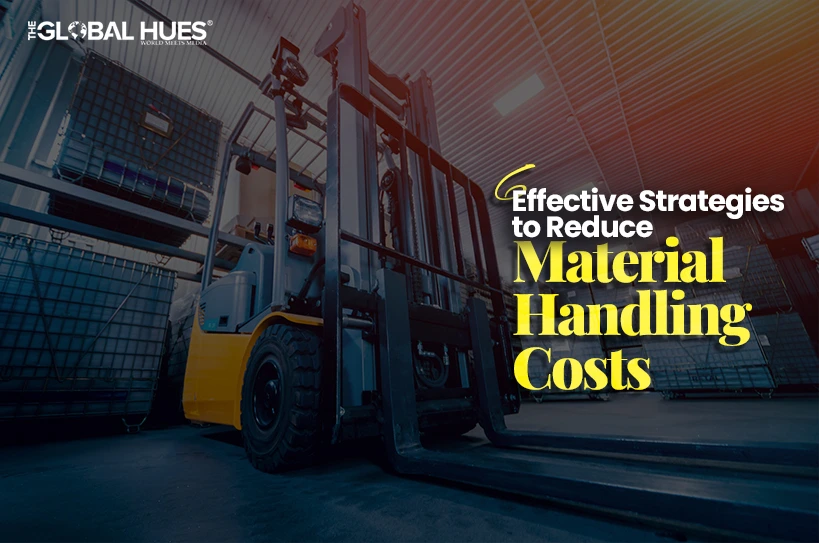Material handling is a significant expense for many businesses, accounting for an estimated 20-50% of total logistics costs. With rising operational costs and supply chain disruptions, it’s essential for companies to find ways to reduce material handling expenditures. Implementing more efficient processes and technologies can lead to major cost savings over time. Below, we outline some of the most effective strategies businesses can use to lower their material handling costs.
-
Purchasing Used Machinery
One of the best ways to cut material handling equipment costs is to buy quality used forklifts, pallet jacks, conveyors, and other equipment rather than purchasing brand-new ones. The used machinery market in the UK is robust, enabling companies to find gently used equipment at a fraction of the price of new models. Such used pallet trucks and forklifts can significantly drive down acquisition expenses while still providing years of reliable service. Companies like Lisman forklifts are a great choice for high-quality, affordable used forklifts that help keep material handling budgets down. Performing due diligence is important when sourcing used equipment to ensure mechanical soundness and safety. But buying used can translate to thousands in savings versus new equipment.
-
Optimising Warehouse Layout
An inefficient warehouse layout results in unnecessary transportation costs as products are moved over longer distances and more lift cycles. Optimising warehouse design and storage solutions to minimise travel distances and the difficulty of put-away and picking processes can significantly improve material handling efficiency. Narrow aisle technologies, higher racking, vertical carousels and lift modules are examples of how to maximise cubic storage and enable easier access to inventory.
-
Investing in Ergonomic Equipment
Manual material handling accounts for a large proportion of injury risks and employee compensation costs. Investing in mechanical assist devices such as lift tables, manipulators, vacuum lifts and carts reduces fatigue and back injuries while increasing productivity. For example, a vacuum lift can enable one worker to safely move large sheets of glass versus three workers manually. The higher upfront cost of ergonomic equipment pays dividends through safer, more productive operations.
-
Utilising Automated Systems
Automated material handling technologies such as conveyors, sorters, automated storage and retrieval systems (ASRS), robotic pickers and automated guided vehicles improve efficiency and lower long-term costs by reducing reliance on manual labour. While automation requires a considerable upfront investment, the savings from reduced labour, improved inventory accuracy, and shorter cycle times make it well worth considering. Many automated technologies have seen a rapid return on investment for users. Starting small by automating certain material handling processes first is an effective strategy.
-
Improving Slotting and Zoning
Proper slotting and zoning of products based on velocity, size, weight and other factors optimize the storage location of inventory to maximise space, improve picking efficiency and reduce errors. Frequently picked items should be stored in easily accessible areas. Products that are picked together should be near each other to reduce travel time. Proper slotting also improves inventory accuracy and warehouse safety. Although reorganising a warehouse requires some initial work, optimised slotting saves hours of unnecessary movement time.
Rising costs make material handling optimisation essential for companies to stay competitive. Following strategies like those listed above can significantly cut material handling costs.
*The information in this article does not necessarily reflect the views of The Global Hues. We make no representation or warranty of any kind, express or implied, regarding the accuracy, adequacy, validity, reliability, availability or completeness of any information in this article.*



